By Rebecca Trout
In the past year, communities across the country have dealt with a public health crisis, social unrest in response to systemic racism, a divisive election season, budget shortfalls, a housing crisis, and more. While any one of these issues would be cause for concern, 2020 forced communities to collaboratively address these multiple crises simultaneously. In a year filled with an unprecedented confluence of challenges, it was fitting that this year’s All-America City theme was “building equitable and resilient communities,” with resilience being the trait that allowed communities to survive, and equity being a key to making sure history doesn’t repeat itself.
The 2021 All-America City Awards gave communities an opportunity to reflect on the past year and take stock of what they had been able to achieve and overcome. Understandably, projects of this year’s ten winning communities fell primarily into two categories: pandemic response and racial equity efforts.
Pandemic Response
Bellevue, Washington
One of the keys to Bellevue’s pandemic response and recovery was the work of Jubilee REACH, a nonprofit organization dedicated to bringing healing, building community, and transforming the lives of students and families through school site coaches, ESL classes, a community center, a thrift store, and several community events.
When the COVID-19 lockdown began, the students and families that Jubilee REACH normally serves were hit the hardest, loosing employment, income and support. Jubilee REACH began asking questions, listening to the needs of, and building a program to support the immigrants, people of color and those living in or near poverty who were most affected.
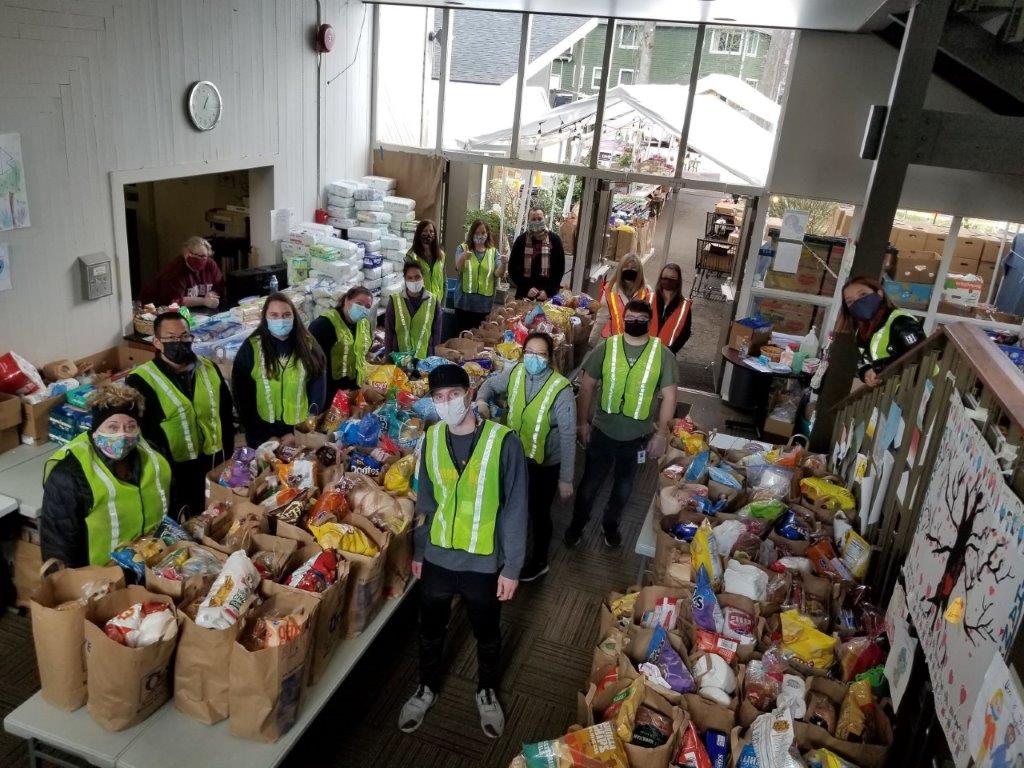 The Groceries for Families program was launched in March of 2020 and has been active throughout the duration of the pandemic, helping 746 families and an estimated 3,357 people. 25 local churches, several partner organizations, and many individuals donated groceries, hygiene products and pantry items, alleviating the stress and financial burden for families in need. Cash donations, now exceeding 100 thousand dollars, also helped families with utility bills, rent and other essential needs.
The Groceries for Families program was launched in March of 2020 and has been active throughout the duration of the pandemic, helping 746 families and an estimated 3,357 people. 25 local churches, several partner organizations, and many individuals donated groceries, hygiene products and pantry items, alleviating the stress and financial burden for families in need. Cash donations, now exceeding 100 thousand dollars, also helped families with utility bills, rent and other essential needs.
“Through all of this, we strive to do everything in relationship; it is not a transaction. Families are known here, they find community here, we want them to feel friendship and love. We want them to be seen and to know someone cares. When they leave with essentials of food, diapers and more, we also want them to leave with hope, peace and an understanding that they are a valued piece of this community, they matter and they belong.” -Ken Carpenter Director of Community Care, Jubilee REACH
Carlisle, Pennsylvania
As it became clear that the COVID-19 pandemic would reach Carlisle, a group of thirty community leaders, which had met occasionally and in-person since 2017, intentionally expanded its membership and began a collaborative response.
The Carlisle Community Action Network (Carlisle CAN) quickly grew to over 100 community members. During weekly Zoom meetings, members listened to community health updates and discussed short and long-term needs of the community. Spinoff committees would then develop projects to address the identified needs. 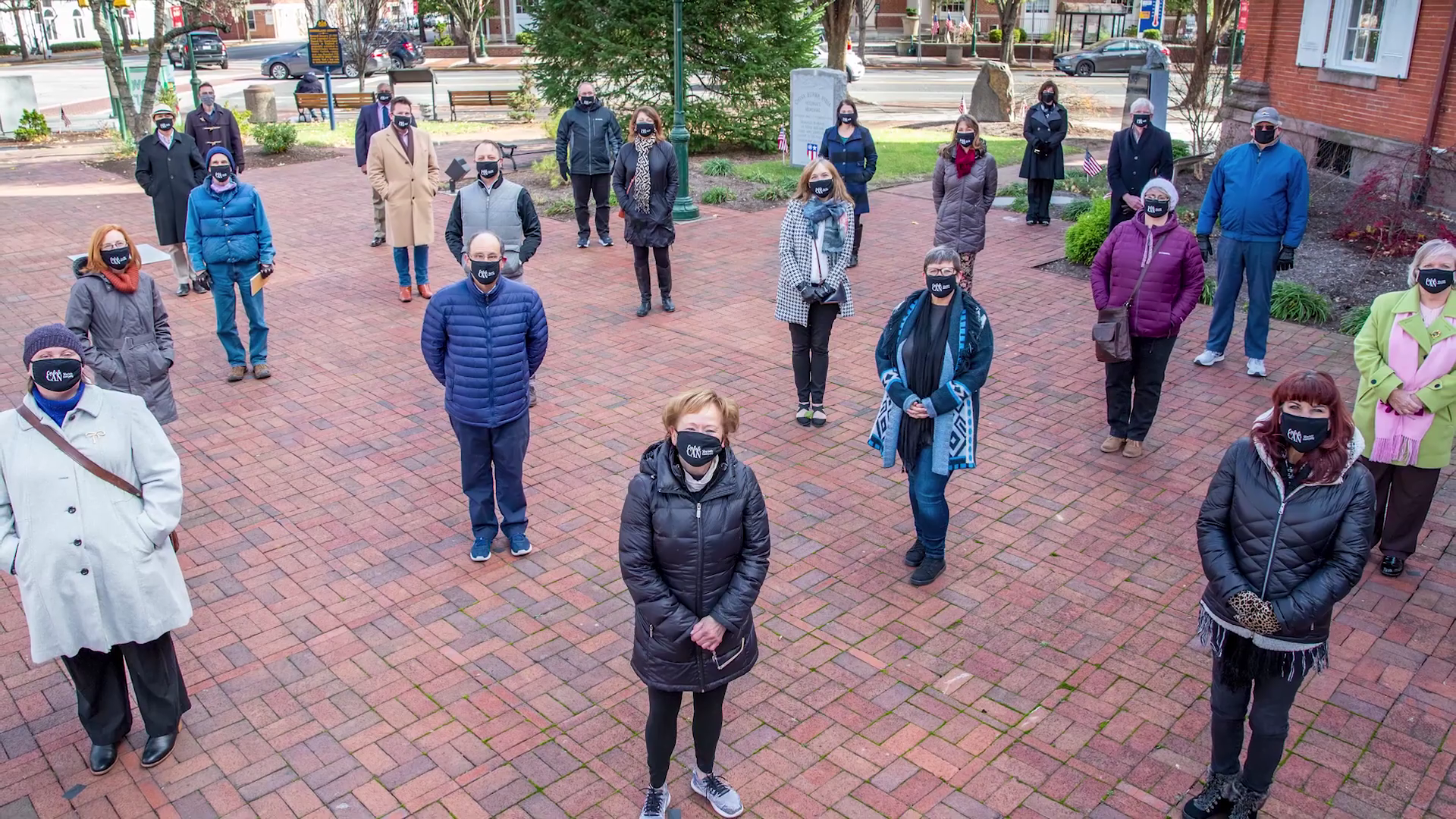
The Carlisle CAN Public Health Initiatives encouraged individuals, and business owners and patrons to wear masks while in public spaces. CAN members distributed more than 4,000 masks and posters to 120 participating businesses. The group is now developing vaccine education materials with special attention to providing role models from communities of color and translating materials into multiple languages.
The Summer Youth Care Taskforce was formed to determine how community members could collaborate and pool resources to support local childcare options during the pandemic. The Summer Program for Youth added multiple de-densified sites so dozens of additional families had access to high-quality and safe childcare services.
In response to the growing list of CAN-generated projects being added to the waiting list, the Civic Action Internship Program was developed. Dickinson’s Center for Civic Learning and Action created an internship program to contribute to the projects and provide experiential learning opportunities for students. 16 students have completed over 25 different projects in partnership with nearly two dozen community organizations.
El Paso, Texas
At the onset of the COVID-19 pandemic, an interdepartmental team from the City of El Paso was created to manage the challenges of COVID-19. That team was charged with equitably deploying pandemic relief programs to ensure not only strong emergency response, but also an inclusive and resilient recovery plan.
The first step was to capture a snapshot of vulnerabilities and priorities at the onset of the pandemic. Non-profits, partner public entities and neighborhood stakeholders established an informed prioritization of needs.
The assessment revealed the following priorities:
- Ensure that those impacted by COVID-19 have access to food, utilities, shelter, childcare services, and homes free of domestic violence.
- Deliver direct financial support to individuals, families and small businesses struggling to meet financial obligations.
Next, the city identified community partners to help deploy the $31 million in federal aid that was committed to the relief program. Since the start of the pandemic, over 10,000 households have been provided rental support, over 2,600 households were able to keep utilities running, 2,000 families and essential workers have access to childcare and over 103 million pounds of food have been distributed.
Despite the heavy investment into pandemic relief programs, many residents were unaware of the opportunities for assistance or the eligibility and application process to receive aid. United Way of El Paso County’s Community Resiliency Center (CRC) began increasing awareness and providing information and navigation support. Resiliency navigators provide personalized case management, connecting individuals and families to credible programs and services to address their specific needs.
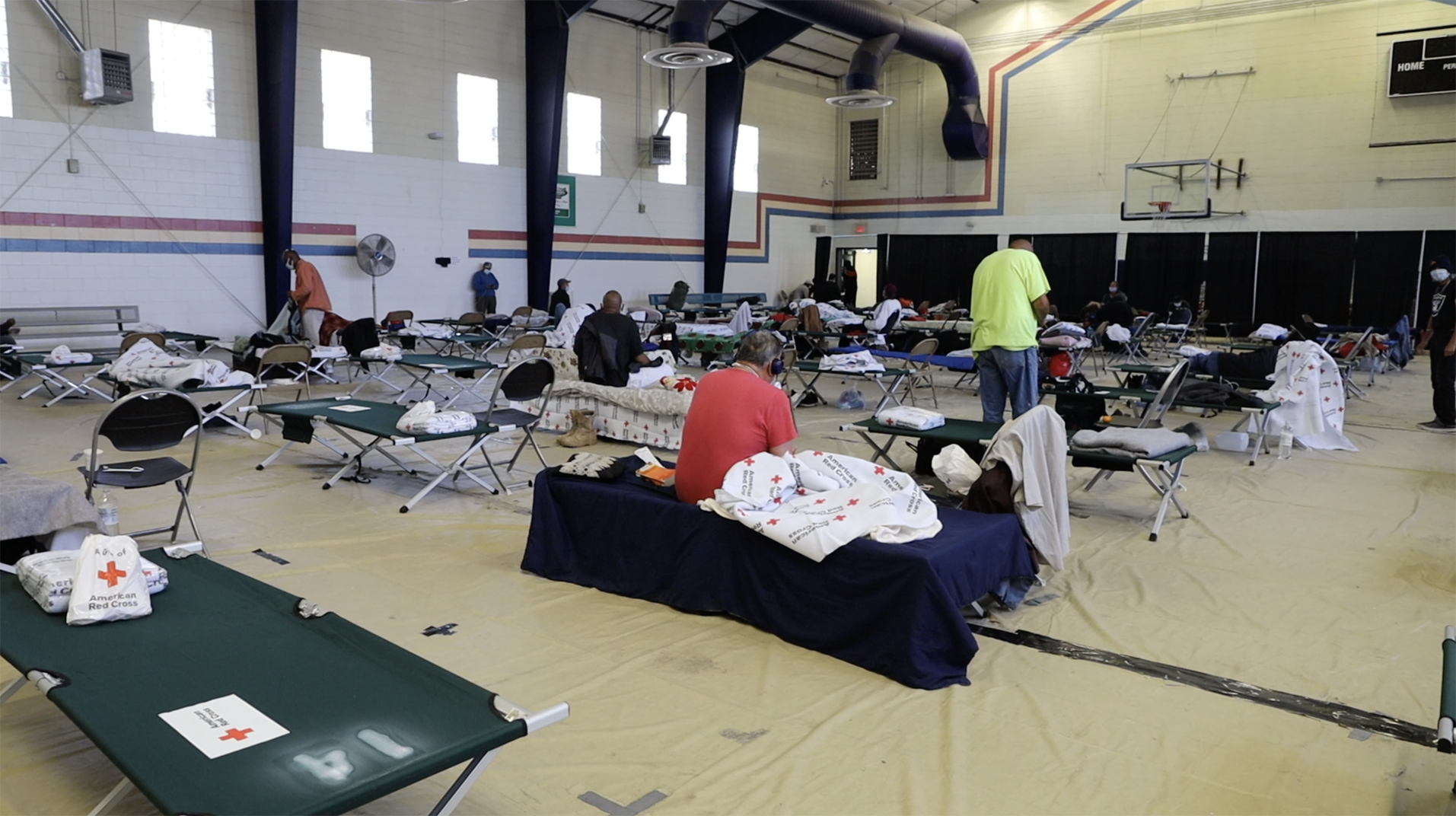 El Paso was also able to provide shelter and support for those experiencing homelessness. The City, alongside community partners, immediately rallied to create surge capacity and relocate over 80 individuals into a new shelter. Ultimately, shelters cared for more than 3,000 individuals, with less than 3 percent of those individuals being impacted by the virus and with zero cases originating from the shelter.
El Paso was also able to provide shelter and support for those experiencing homelessness. The City, alongside community partners, immediately rallied to create surge capacity and relocate over 80 individuals into a new shelter. Ultimately, shelters cared for more than 3,000 individuals, with less than 3 percent of those individuals being impacted by the virus and with zero cases originating from the shelter.
Miramar, Florida
Mental health and community connectedness were also impacted negatively during the pandemic. To keep residents engaged and active, Miramar leaned on the arts and the Miramar Cultural Center (MCC). Located in Miramar’s center, MCC is a natural gathering place for cultural performances, educational activities and civic events.
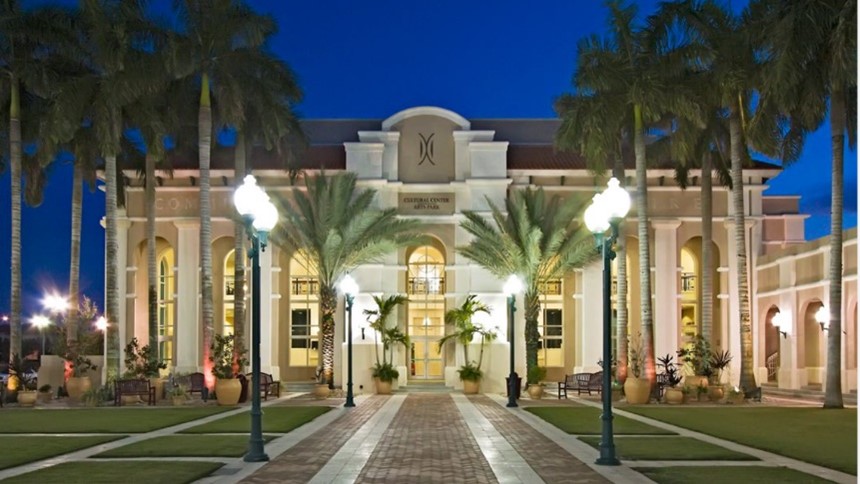
During the pandemic, MCC staff re-evaluated its strategy and pivoted to meet the new needs of the community. Based on survey results from 24,000 community members, MCC developed a virtual programming series called MCC LIVE2U that offers free digital connections to the arts at any time via the Center’s YouTube Channel. Audiences are taking virtual classes and engaging in the arts from home.
Additionally, catering and theater staff have been preparing meals to be delivered to seniors on a weekly basis, allowing MCC to maintain staffing levels while offering a meaningful service to senior citizens.
Cultural Center staff also forged a partnership with FLIPANY (Florida Introduces Physical Activity and Nutrition) to provide more than 100 children and their families with a week’s supply of food.
When survey results revealed that parents desperately needed virtual extracurricular activities to engage their children constructively, MCC partnered with the Palm Beach Symphony (PBS) to bring free classical instrument training to the community. Each week since September 2020, community members learned to play orchestra instruments from professional musicians.
Lastly, survey results spotlighted a need for visual arts as an outlet for community conversations. MCC commissioned Rolando Chang Barrero to mount a socially distanced exhibition to spark community conversations. The exhibit theme was ‘In Time of Protest’ and its goal was to create conversations around Black History and the Black Lives Matter movement. Miramar used the arts to spark conversations on race which were hosted on Zoom.
Morrisville, North Carolina
Morrisville’s leadership, county and state governments, community organizations, residents, businesses and others played a key role in ensuring that the community stayed connected and viable through the pandemic.
Core Services
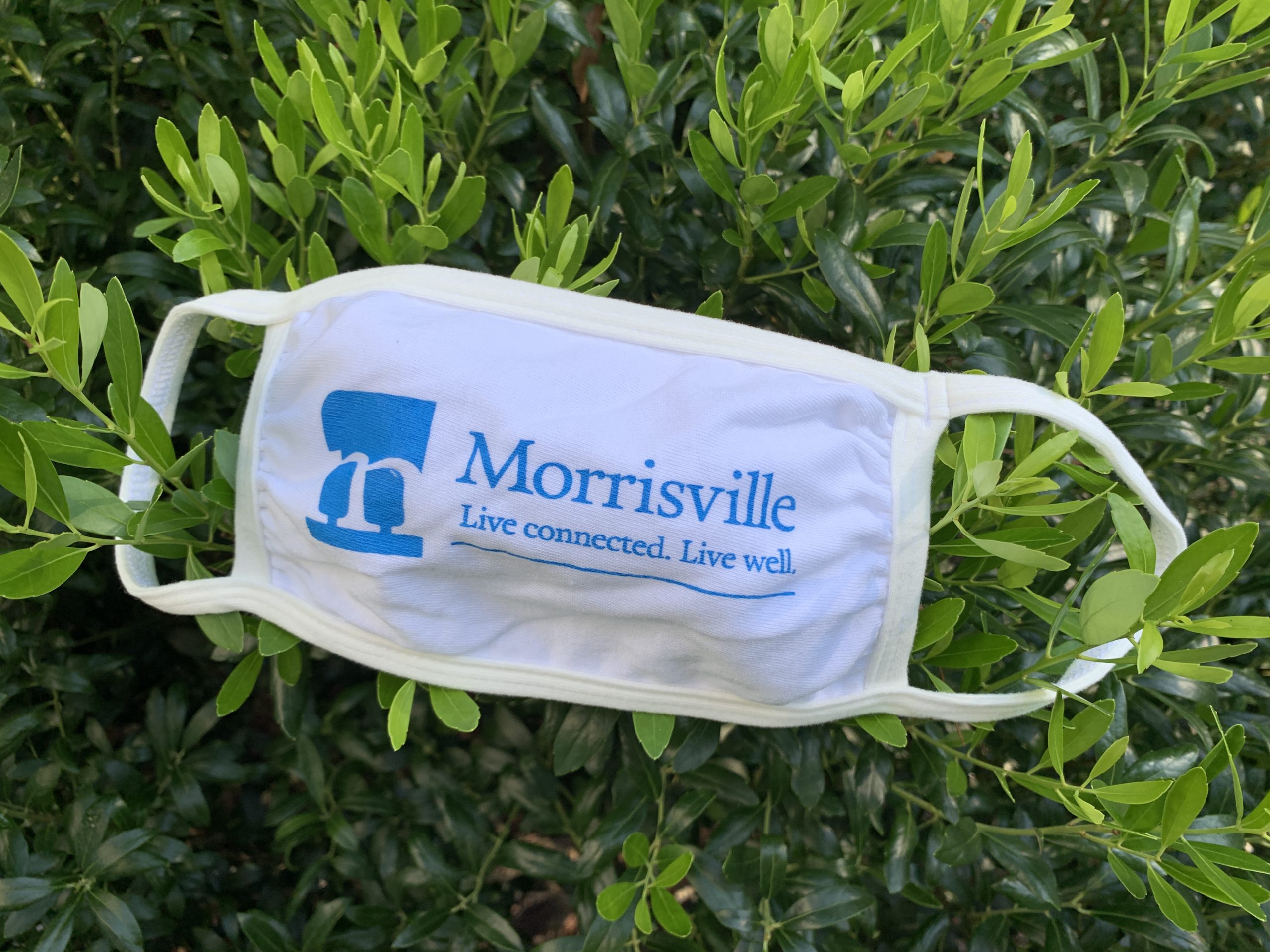 Town government never closed and public-facing services continued to be provided. Additionally, town meetings were made available online. The town also distributed 6,500 masks via distribution events and direct PPE drop-offs.
Town government never closed and public-facing services continued to be provided. Additionally, town meetings were made available online. The town also distributed 6,500 masks via distribution events and direct PPE drop-offs.
In March of 2020, the Western Regional Food Security Action Group pivoted from their typical Summer Meals program, engaging 100 volunteers, and standing up 20 neighborhood food distribution sites. Low-income families were able to drive through daily and pick up delicious meals at no charge. These sites were also used as testing, and ultimately vaccination, locations.
Supporting local businesses
The town and chamber helped businesses by creating a digital platform to highlight establishments and connect patrons with businesses. “Small Business Saturday” was also held to generate revenue for local businesses.
Virtual Programming
Virtual events were used to keep residents connected and engaged during a difficult year.
Both Morrisville 101 & Teen Morrisville 101 were offered virtually. The free citizen’s academy provides residents with a better understanding of what it takes to be a civil servant and covers the different career options in local government.
S’Morrisville 2020 was held as a contactless event at the park. The drive-through allowed residents to safely receive pre-packaged S’mores kits and T-shirts.
The police department joined in the fun with a virtual holiday event during which they unveiled a virtual holiday card, had story time, a live acoustic musical performance, and a greeting from Santa.
Working Towards Racial Equity
Evanston, Illinois
There exists a wealth and opportunity gap between white and black Evanstonians because of redlining, discriminatory and restrictive practices in housing, zoning, lending and other policies. Recognizing the disparities that exist, the city council created the Equity & Empowerment Commission and adopted a Resolution (58-R-19) committing to end structural racism and achieve racial equity.
The commission was aided by two Evanston-based historical archives in identifying harms inflicted against Black Evanstonians by providing historical and contemporary instances where the City of Evanston might have facilitated, participated in, enacted, or stood neutral in the wake of acts of segregated and discriminatory practices. The commission also held community meetings to gather public input on what actions could be taken. The commission recommended actions to city council that would addresses “repair and reparations” for Black Evanstonians.
A Reparations Subcommittee was formed to determine viability. Both the National Coalition of Blacks for Reparations in America (NCOBRA) and the National African American Reparations Commission (NAARC) provided advice regarding Evanston’s reparations process. Additional town halls and meetings were held to further engage residents in program details.
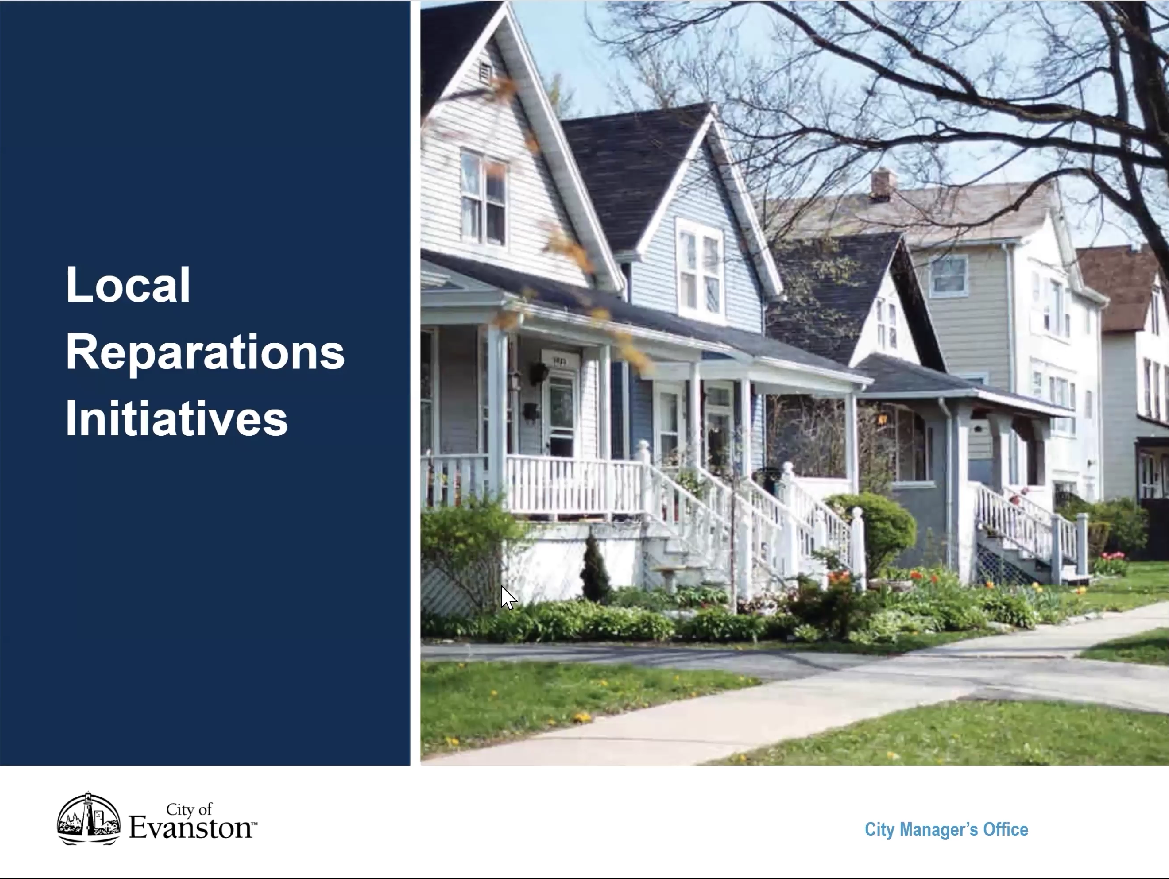 Ultimately a Restorative Housing Reparations Program was created. Under this initiative, qualified Black Evanstonians would be provided with $25,000 to either purchase a home, conduct home improvements, or down pay on their existing mortgage.
Ultimately a Restorative Housing Reparations Program was created. Under this initiative, qualified Black Evanstonians would be provided with $25,000 to either purchase a home, conduct home improvements, or down pay on their existing mortgage.
The reparations program will be funded by the first ten million dollars of the City’s Municipal Cannabis Retailers’ Occupation Tax. Additional funding came from individual residents, churches, and three local businesses that pledged their support by either making one-time donations or contributing a percentage of their profits.
Fort Wayne, Indiana
Homicide is the leading cause of death among African American males ages 10-24, nationwide. Some lives are cut tragically short while others are funneled to prison. Fort Wayne UNITED is an effort to disrupt the cycle of violence and answer the call to enhance opportunities, advance youth advocacy and help create a safer city for all, but more specifically for black men and boys.
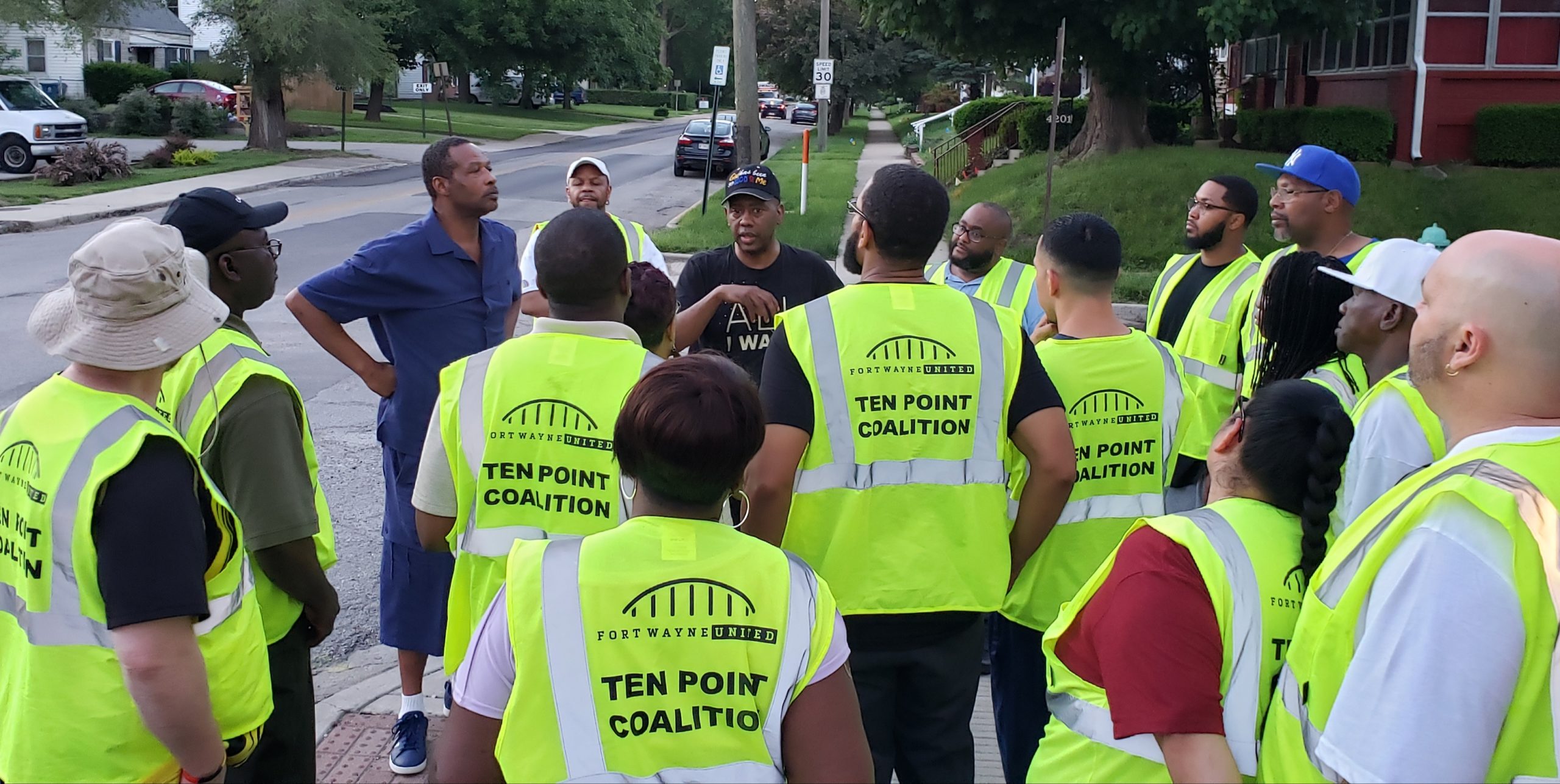 One of the most pivotal programs is the Fort Wayne UNITED TenPoint Coalition. The Coalition comprises 25 employees who are faith leaders, former gang members, and family members impacted by the cycle of violence. Coalition members are paid and trained to patrol identified neighborhoods to examine the areas of crime, education, health, and housing. This boots on the ground approach has coalition members learning about community needs, building relationships and connecting neighbors with life changing resources. Targeted neighborhoods have seen a 70 percent reduction in crime.
One of the most pivotal programs is the Fort Wayne UNITED TenPoint Coalition. The Coalition comprises 25 employees who are faith leaders, former gang members, and family members impacted by the cycle of violence. Coalition members are paid and trained to patrol identified neighborhoods to examine the areas of crime, education, health, and housing. This boots on the ground approach has coalition members learning about community needs, building relationships and connecting neighbors with life changing resources. Targeted neighborhoods have seen a 70 percent reduction in crime.
The city also hired minority contractors to complete over $200,000 of home improvements. This partnership with a local constructions company resulted in 40 individuals, including TenPoint Coalition members, with a livable wage.
Another program is Tie Day Friday. Students wear ties donated by local community leaders who meet with and build a trusting relationship with a matched student through one-on-one conversations, job shadowing, and fun activities.
Fort Wayne UNITED’s most recent initiative, United Front, was rolled out in September 2020, during a climate of racial tension and civil unrest, to provide a safe environment for participants to learn a shared humanity, a common language, and a philosophy that will change the trajectory of the community for generations to come through a comprehensive cultural competency curriculum that fosters racial equity, healing, and unity.
Kansas City, Missouri
Kansas City is still a largely segregated city. White residents typically live west of Troost Avenue, while people of color largely inhabit the neighborhoods to the east. This built environment was intentionally shaped by segregation and discriminatory practices perpetuated by the real estate industry and federal, state, and local governments of the past.
The repercussions of these practices still shape quality of life and community health today. Residents in these neighborhoods are often isolated from opportunity, investment, and public services. As a result, they fall victim to poor social determinants of health and experience lower life expectancies than their white counterparts.
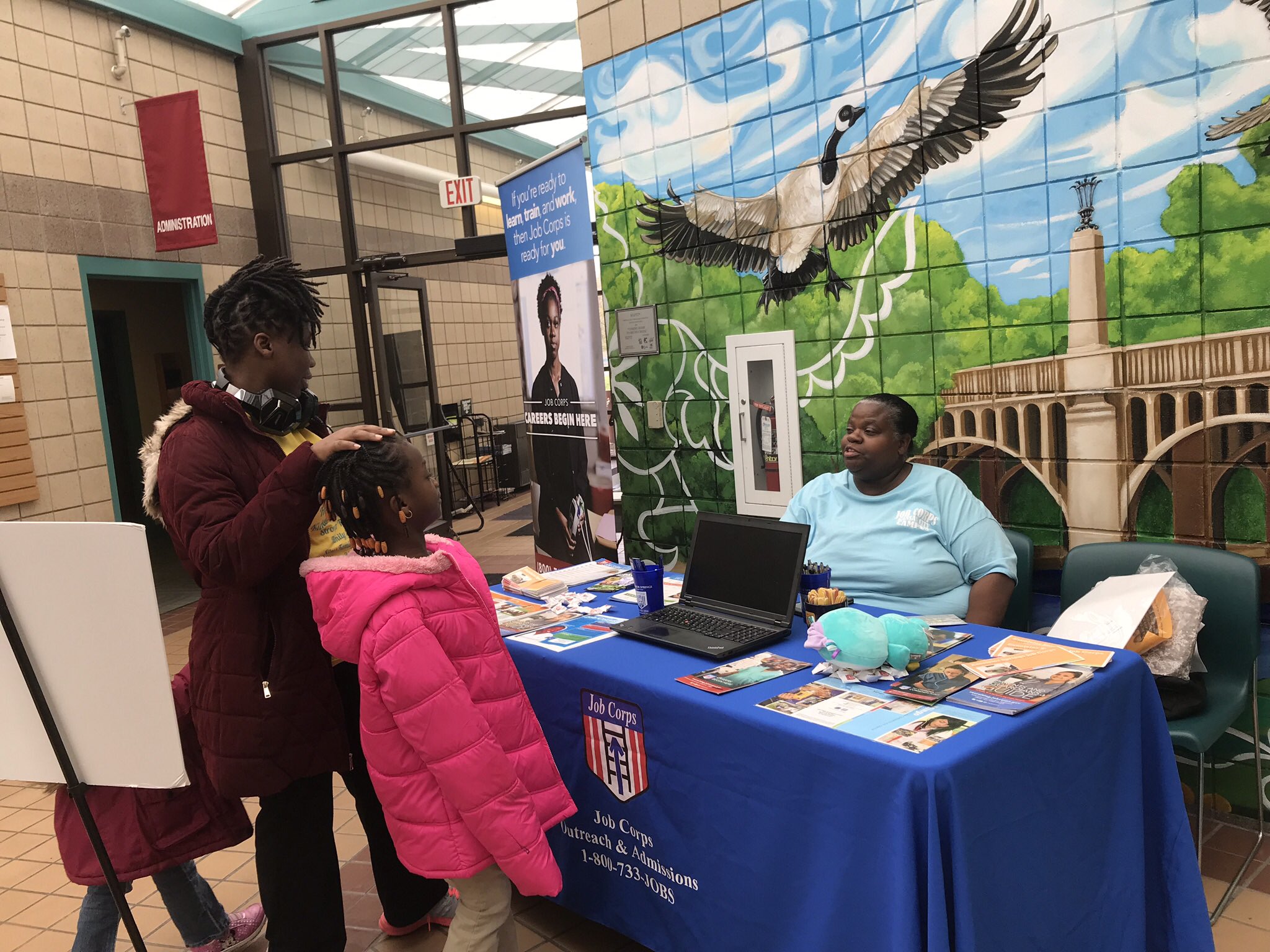 In 2016, the Health Department identified the six zip codes with the lowest life expectancies and set out on an aggressive campaign to decrease the gap between the expectancies in the highest and lowest zip codes. The Community Engagement, Policy and Accountability (CEPA) division hosted two LifeX Summits, a convening of representatives from all 20 city departments, with the goal of breaking silos and collaborating to develop tangible strategies to decrease expectancy inequities.
In 2016, the Health Department identified the six zip codes with the lowest life expectancies and set out on an aggressive campaign to decrease the gap between the expectancies in the highest and lowest zip codes. The Community Engagement, Policy and Accountability (CEPA) division hosted two LifeX Summits, a convening of representatives from all 20 city departments, with the goal of breaking silos and collaborating to develop tangible strategies to decrease expectancy inequities.
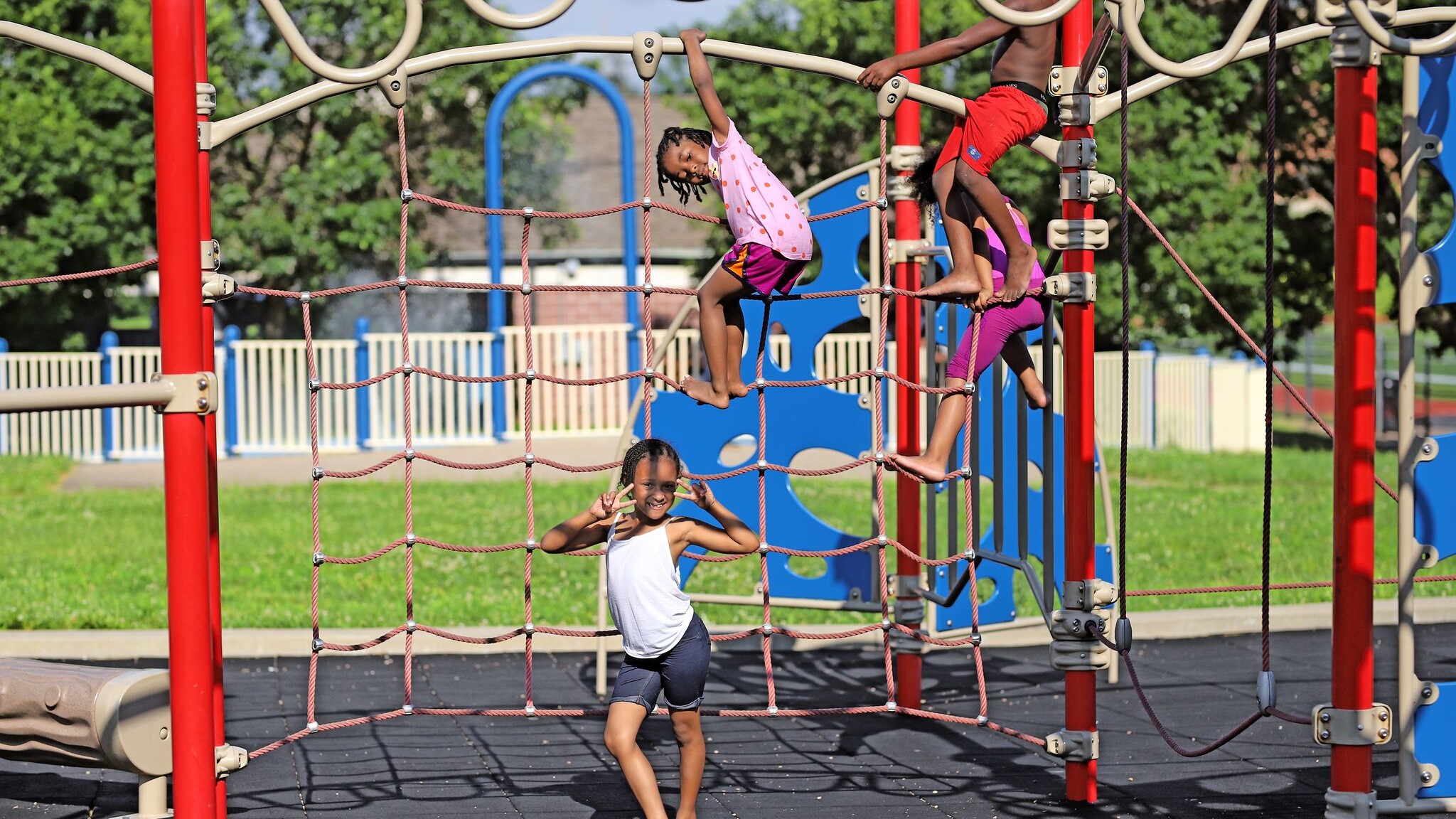 One of the partnerships that emerged from the LifeX Summits was with the Parks and Recreation Department. The “LifeX Program” affords residents of priority zip codes with free annual community center memberships and access to healthy lifestyle and fitness classes. In return, participants are expected to visit community centers on a regular basis and complete periodic surveys about their health. The Parks and Recreation Department has also sought greater equity by reallocating resources and improving parks in priority zip codes.
One of the partnerships that emerged from the LifeX Summits was with the Parks and Recreation Department. The “LifeX Program” affords residents of priority zip codes with free annual community center memberships and access to healthy lifestyle and fitness classes. In return, participants are expected to visit community centers on a regular basis and complete periodic surveys about their health. The Parks and Recreation Department has also sought greater equity by reallocating resources and improving parks in priority zip codes.
Livermore, California
With a chain of events in 2020, including the murder of George Floyd, highlighting the need for racial equity and healing, Livermore residents called for a concerted response.
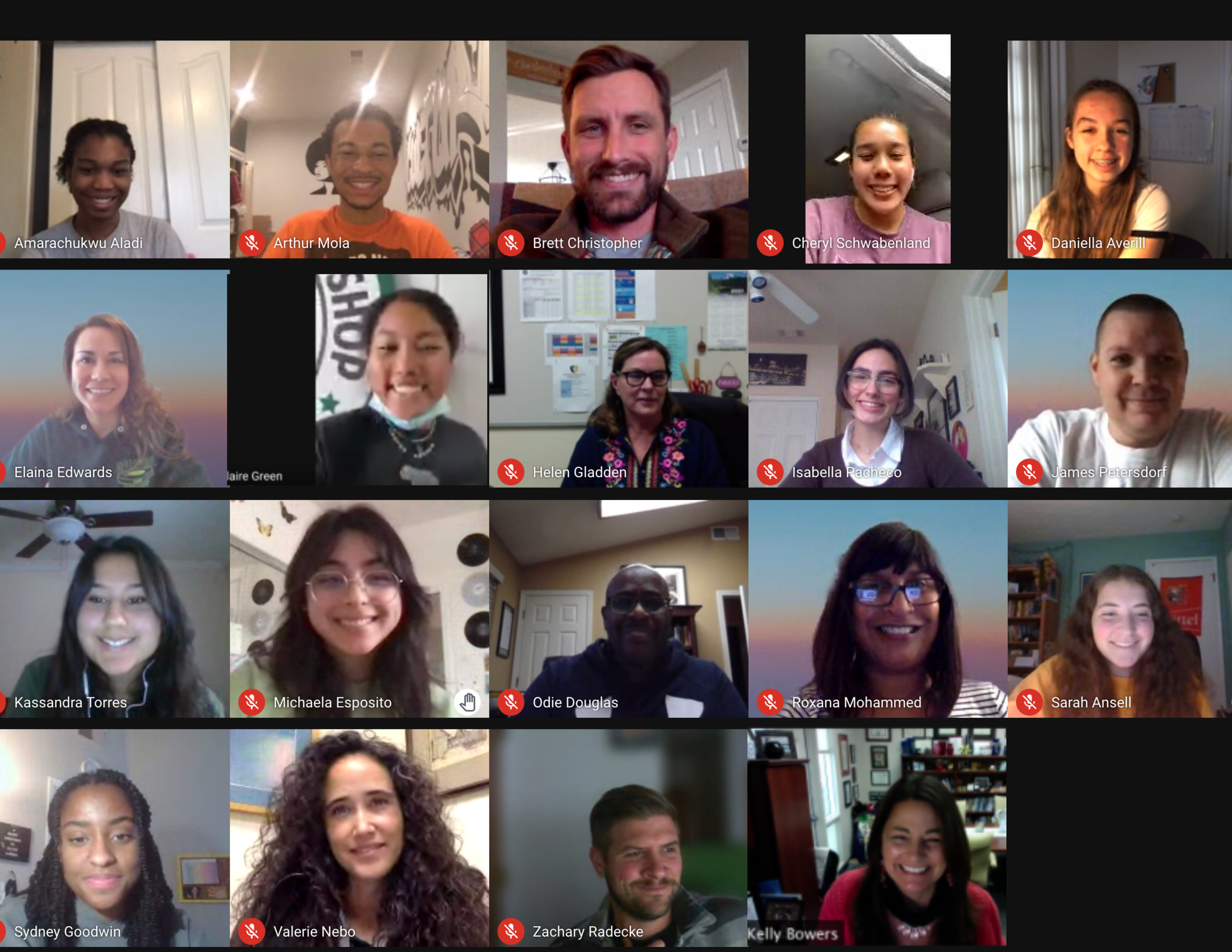 To improve the experiences of current and future students of color, a Wellness Center focused on social-emotional wellbeing was established at the high school, along with new clubs: People of Color, Culture Doctors and Students for Social Change. All school district staff received implicit bias training prior to the start of school and a consulting group is providing ongoing professional development to all staff on “How to Be an Anti-Racist.”
To improve the experiences of current and future students of color, a Wellness Center focused on social-emotional wellbeing was established at the high school, along with new clubs: People of Color, Culture Doctors and Students for Social Change. All school district staff received implicit bias training prior to the start of school and a consulting group is providing ongoing professional development to all staff on “How to Be an Anti-Racist.”
Additionally, Las Positas College has developed a certificate program called “21st Policing” that is geared towards current officers receiving an associate or bachelor’s degree. The curriculum focuses on crisis intervention, bias awareness, mental health issues and situational decision making.
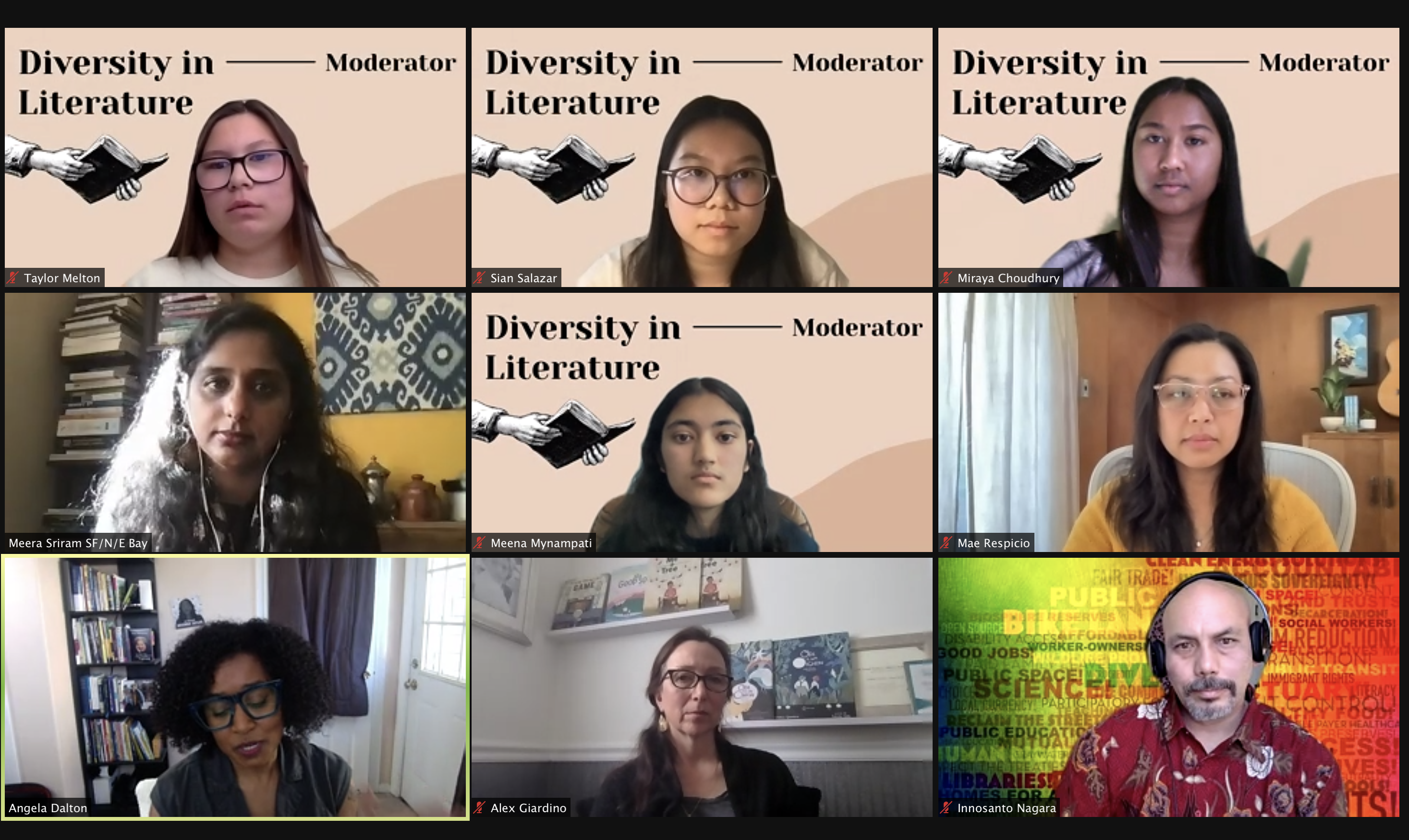
The City of Livermore responded by establishing a Subcommittee on Equity and Inclusion to address racial health and equitable social justice. The subcommittee, made of volunteer community members, self-divided into four working groups: Culture, Policing and Human Services, Youth, and Economics (Housing, Work, and Transportation).
While work is ongoing, accomplishments so far include:
- Formation of student affinity groups allowing students to share their experiences
- Clarifying the language used in the police department’s use of force policy
- Incorporating diverse texts into the high school’s required curriculum
- Creating a new BIPOC (Black, Indigenous, People of Color) author’s course
Planned activities include:
- Analyze police data
- Offer youth mental health resources and life skill courses through the library
- Create new options for responses to mental health calls
- Create a citizen advisory board
Wheat Ridge, Colorado
The death of George Floyd sparked a conversation in Wheat Ridge focused on systemic racism. Wheat Ridge community members created an organization called Wheat Ridge for Equity and began demonstrating six days a week to support Black Lives Matter.
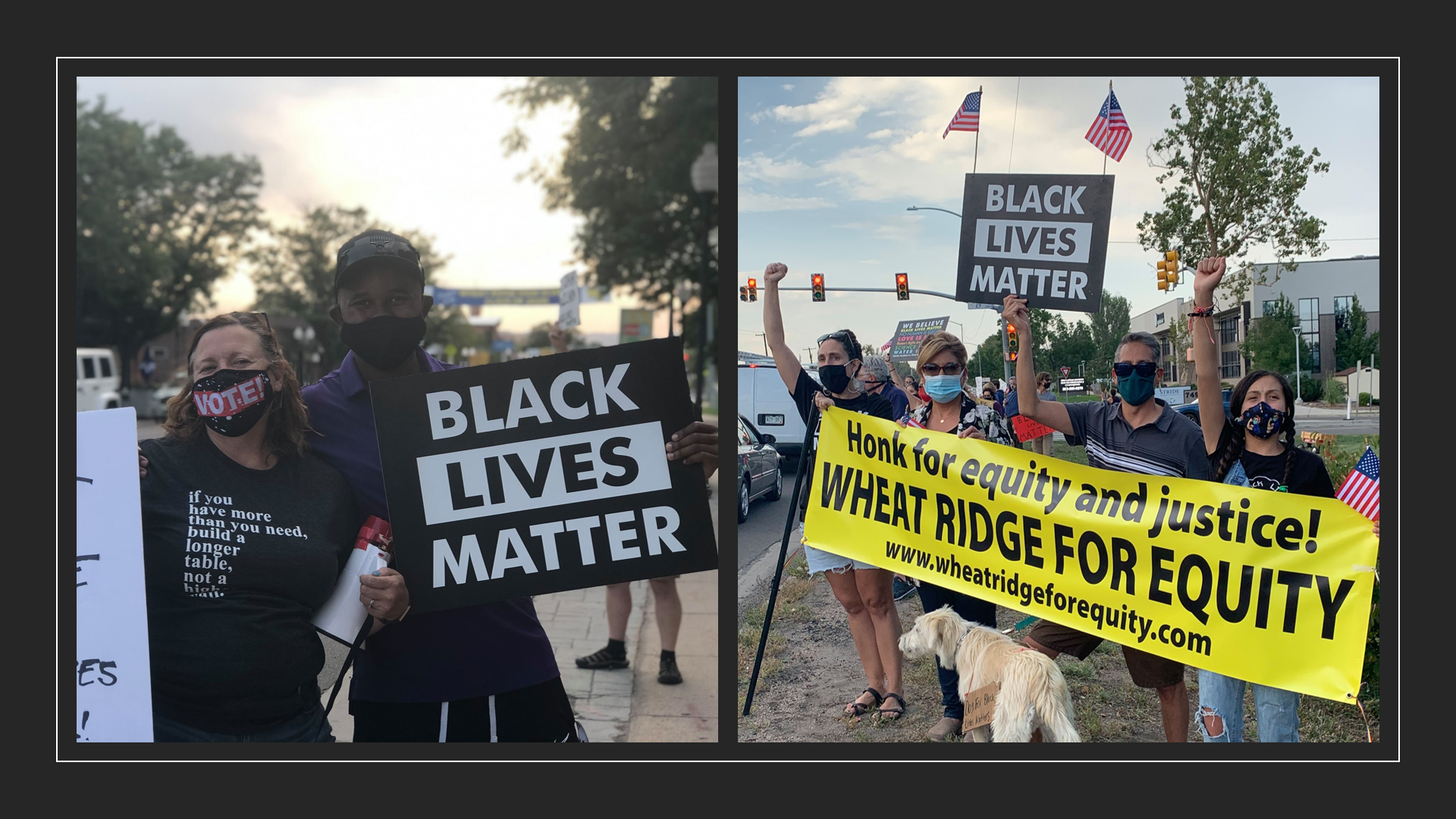
Wheat Ridge for Equity members:
- Asked for a local response to Floyd’s murder
- Demonstrated 40-plus times
- Distributed 1,000 Black Lives Matter signs
- Offered equity training
- Organized the first ever DA candidate forum focused on racism
- Asked city council to create a race and equity task force
The city council also approved the formation of the Race and Equity Task Force, and 20 underrepresented-community members were appointed on February 8, 2021. The task force is meeting twice a month to review all city services and policies for racism and discrimination. The group will present their recommendations to city council on how to make Wheat Ridge a more inclusive, accessible and welcoming place to everyone.
Additionally, city management scheduled diversity, equity, and inclusion training for all city staff and city council. The city also hosted two virtual, public conversations in the summer and fall.
Lastly, on June 22, 2020, city council passed Resolution No. 35-2020, condemning racism and hate with a vote of 6-2. The resolution was drafted working with more than 20 community members who have been affected by racism and addressed those personal experiences:
“Racism and hate have no place in our City. There is much work to be done to stop pervasive, longstanding, and devastating racial injustices in our community.”
Conclusion
Communities across the country all faced many of the same challenges in 2020, but the stories of perseverance from this year’s All-America Cities show that the responses and solutions varied, depending on size, geography, priorities and resources. No matter the response to the dual challenges of 2020, success depended on utilization of the unique assets communities possess. This year’s All-America Cities taught us that in trying times we must work together, whether it be educational institutions, nonprofits, the faith-based community or businesses, the most effective responses are those that are collaborative and inclusive.
We have highlighted just one project from each of this year’s winning communities. You can read about all three of each winning community’s projects here and watch their presentations here.
Rebecca Trout is Program Director for the All-America City Awards and Communications at the National Civic League.



